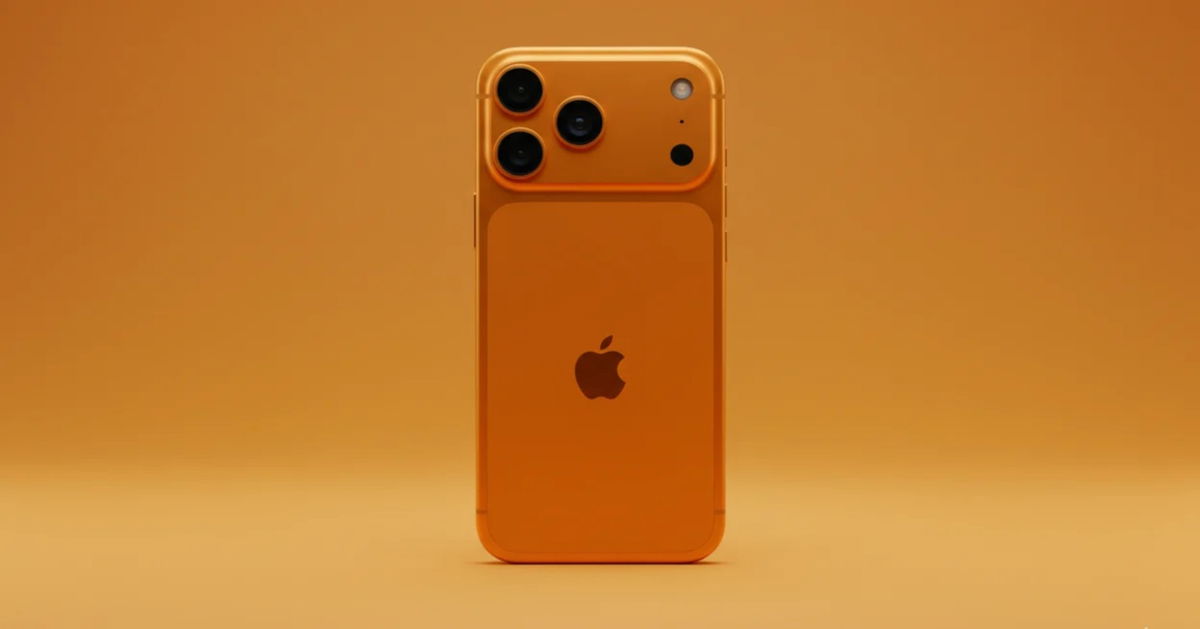Researchers from Vyatka State University have created a new approach to 3D food printing that allows, like a designer, to “assemble” dishes with the necessary biochemical parameters. The scientists’ work was published in the journal Gels.
3D food printing offers unique opportunities to control parameters such as texture, nutrition, appearance and taste of the resulting food. Scientists believe that in the future technology will be one of the ways to control eating behavior. Even today, 3D food printing is in demand in medical nutrition and the supply of various expeditions.
Russian researchers have developed new food ink recipes based on artificially grown callus tissue cells that can grow into a whole plant. The scientists selected the optimal temperature and printing speed, layer thickness and other process parameters.
The scientists emphasize that with the new approach, only biotechnologically grown material is used, which makes it possible to standardize the printing and use only the necessary plant cells in it. According to VyatSU Vice President for Science and Innovation Sergey Litvinets, the new technology can be used not only to control the composition of the product, but also to control the residence time of food, which is a way to control satiety.
Researchers are now working to add traditional food crops such as strawberries, blueberries, and blueberries to the ink palette.
Source: Ferra
I am a professional journalist and content creator with extensive experience writing for news websites. I currently work as an author at Gadget Onus, where I specialize in covering hot news topics. My written pieces have been published on some of the biggest media outlets around the world, including The Guardian and BBC News.












